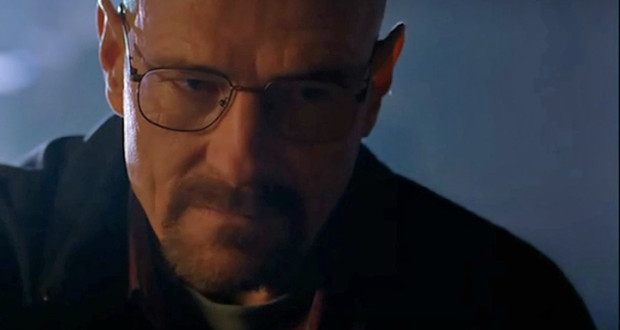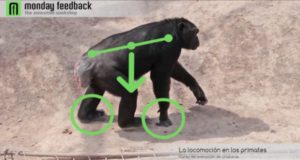The most widely used resource when planning an anticipation is that the character makes the opposite movement to be executed below. This heritage comes from the cartoon animation that became ago 50 years, in which each time a character running tore it was always preceded by an advance on the whole body casting overly fair to the other side. I say that not to use these resources this evil, I just think it's a very limited view of what can be done in advance. The concept of anticipation is much wider and allows you to use more original resources when anticipating an action. But before delving into the concept of anticipation will understand how our brain works.
We live surrounded by plenty of visual information that our brain can not process, so their way to digest all that brutal amount of information is discriminating one that is repeated or that seems redundant. For example: If we are looking out the window watching what happens on the street and see a bird resting on a tree branch, at first called our attention but after a moment if nothing happens again with the bird our brain disconnected and continue watching the rest of elements found in the urban landscape. If suddenly the bird takes flight, again called our attention as something new in the environment. The problem is that when our senses are unaware that the bird has taken flight, it is too late and we missed the start of the action, just when the bird starts flying. How animators, if this bird was the star of our map, would have to draw the attention of the viewer on before it started to fly for the viewer not a single frame of the action is lost.
In anticipation it comes to the attention of the viewer just a moment before the action will change and somehow announce what will happen. The concept is extremely broad and can enrich our plans significantly adding original anticipations, count as is the nature of the character or how you feel. But to better understand the concept see examples.
In the scene the doctor gives Edward very bad news, There is a character who rises from the table because you run out of wine. If we use the resource more cliché, the character will gain momentum before rising. But in this scene the actress performed a nod that gives a lot of grace and originality to advance. If you look works great anticipation because of what it is is to call attention to what is going to happen next and announce to the viewer that the character is to be lifted.
Here is another very elegant example of what can be done in advance. It is a scene that belongs to the Game of Thrones series that Lord Varys will sit down with Ned Stark. Before sitting makes an elegant gesture for permission to work in anticipation perfectly. This perfectly integrated into the performance and provides data about character. Lord Varys is a tremendously cautious character and refined manners. Perform this gesture provides data about their personality while working in anticipation.
In this scene from the movie Driving Miss Daisy, we can find another very good example in advance. The driver, played by Morgan Freeman, He is arguing with Miss Daisy and half of the scene just as she is about to walk out the door, Morgan Freeman explodes and goes to her directly. Before doing anticipates his action with a movement of negation head and open arms. It is an anticipation with acting which tells how the character feels, that it can no longer with the situation and if not acting busting. In this case the action expressed as the character feels while working in anticipation.
As you can see, There are many ways to make an advance, but this does not mean it is a sin to use in anticipation the opposite movement that is performing the character. There are times when it is justified and necessary to do so. Here is an example that belongs to the series Game of Thrones, where the river throws Arya Stark's sword Joffrey Baratheon. The sword is too heavy for her and to take the action necessary to gain momentum in advance and balance your body to the opposite side.
Here is another example in which the character is so heavy it to rise has to make a tremendous force compensation protocol to the opposite side before rising. These are cases where it is necessary to use a conventional advance for the action to work.
Here is another example of conventional anticipation in which the character shrinks before getting out of the chair, but if you look adds a pause in the middle of the action that adds something unexpected and gives much more interest to the plane.
As you can see, in all cases in which the aim is to draw the viewer's attention on what is going to happen but… And if we want to surprise the viewer? Then, should not make any advance or advance should be minimal. In this scene from Breaking Bad director did not want the viewer know what is going to happen between the two characters, so that eliminates the anticipation of Mike before he gave the punch Walter.
As you can see, it's look very well what you want to communicate to the viewer and find an original way to anticipate. You will succeed in avoiding clichés and add an extra important acting in your flat.
 MAXI DIAZ Animation blog
MAXI DIAZ Animation blog





